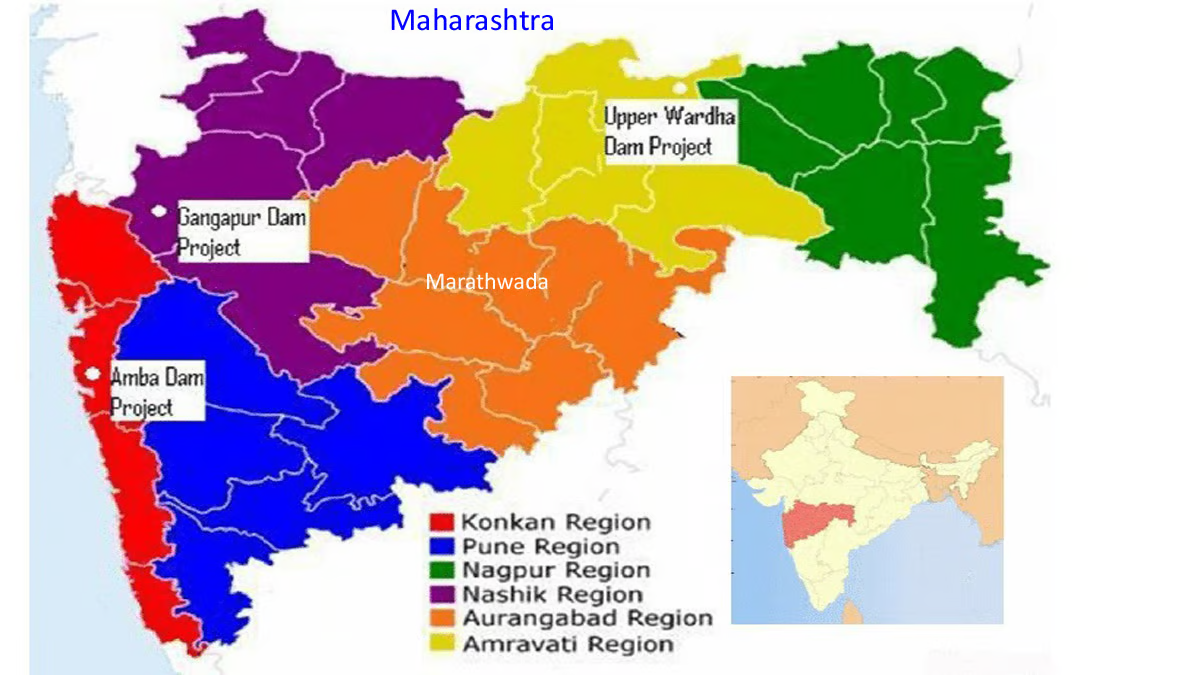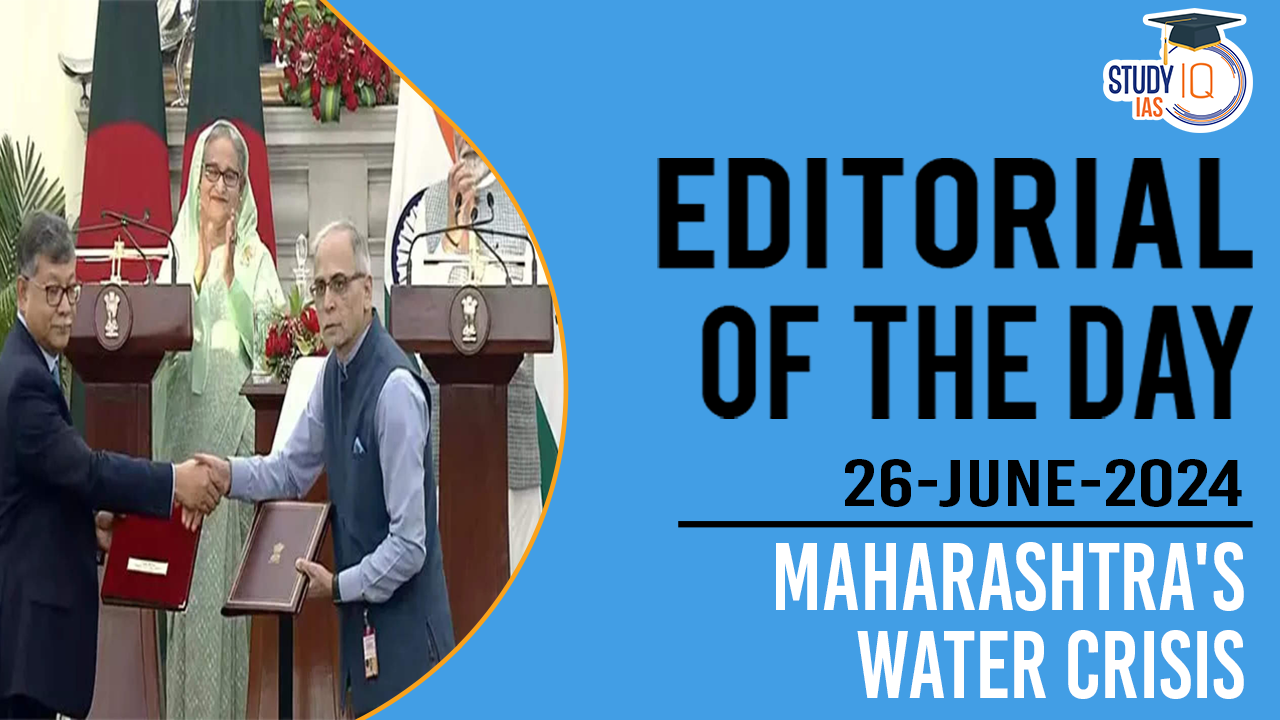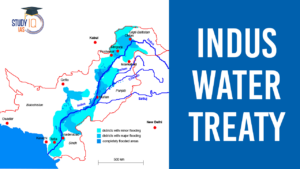Table of Contents
Context: Marathwada, a region in Maharashtra, faces significant water scarcity exacerbated by its geographical and climatic conditions. The situation worsened following a deficient monsoon, leading the Maharashtra government to declare several parts of the State drought-hit.
Factors Responsible For Water Crisis In Maharashtra
The Rain-Shadow Effect
- Geographical Setting: Marathwada lies in the rain-shadow region of the Western Ghats.
- Mechanism: Moist winds from the Arabian Sea rise over the Western Ghats, causing heavy rainfall (2,000-4,000 mm) on the western side. By the time these winds descend into Marathwada, they lose most of their moisture, resulting in significantly lower rainfall (600-800 mm).

Climate Change Impact
- A 2016 study by IIT Gandhinagar indicated worsening drought severity and frequency in central Maharashtra due to climate change.
- Marathwada and North Karnataka are now among the driest regions in India, second only to Rajasthan.
Agricultural Practices and Water Crisis
Sugarcane Cultivation: A major contributor to the water crisis.
- Water Requirement: Sugarcane requires 1,500-2,500 mm of water during its growing season.
- Irrigation Demand: Needs near-daily irrigation, unlike pulses and millets which require fewer irrigations.
- Impact: Sugarcane occupies 4% of the cropped area but consumes 61% of irrigation water, leading to a significant reduction in river outflow.
- Government Policies: Long-standing support for sugarcane pricing and sales has expanded sugarcane irrigation, despite recommendations against its cultivation in low-rainfall areas (less than 1,000 mm).
Soil and Topography:
- Soil Type: Predominantly clayey black soil (“regur”), which retains moisture well but has a low infiltration rate.
- Topographical Influence:
- Valleys and Uplands: The region has parallel tributaries of the Godavari and Krishna rivers. Valleys have perennial groundwater, while uplands experience seasonal groundwater scarcity.
- Groundwater Dynamics: Upland wells dry up a few months post-monsoon, making these areas particularly vulnerable to water scarcity.
Water Management Strategies
Supply-Side Solutions
- Watershed Management: Implementing water-conserving structures such as contour trenches, earthen bunds, and gully plugs.
- Silt Management: Using MGNREGS funds for designing silt-trapping mechanisms and training farmers in periodic desilting.
Demand-Side Solutions
- Water-Efficient Irrigation: Promoting practices that use water more efficiently.
- Drought-Resistant Crops: Encouraging the cultivation of crops that require less water.
- Crop Diversification: Shifting to high-value, low-water-using crops and relocating sugarcane production to areas with higher rainfall such as Uttar Pradesh, Bihar, and West Bengal.
Conclusion
The case of Marathwada underscores the importance of aligning agricultural practices with regional climatic conditions and implementing sustainable water management strategies to ensure long-term water security.


 Indus Water Treaty 1960 Suspended by Ind...
Indus Water Treaty 1960 Suspended by Ind...
 5 Years of SVAMITVA Scheme and Its Benef...
5 Years of SVAMITVA Scheme and Its Benef...
 Places in News for UPSC 2025 for Prelims...
Places in News for UPSC 2025 for Prelims...





















